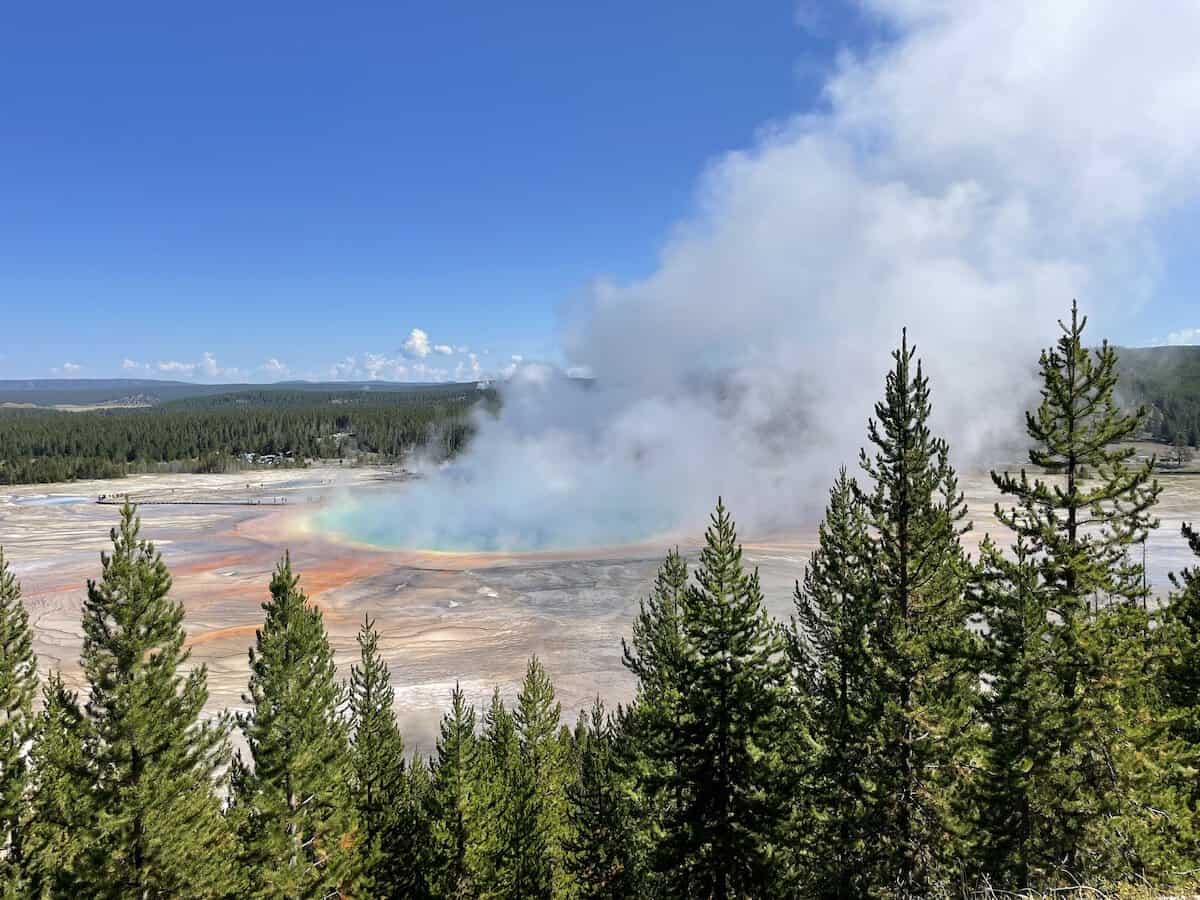
Montana offers a rugged landscape to explore located at the top of the continental U.S. From stunning glacier-covered peaks to glistening lakes to important historic sites, Montana features nine National Park Service Sites and Trails. One of the best places to experience the outdoors is in a national park. Here are the best national parks in Montana.
9 of the Best National Parks in Montana
-
Glacier National Park
-
Yellowstone National Park
-
Big Hole National Battlefield, part of Nez Perce National Historical Park
-
Canyon Creek Battlefield, part of Nez Perce National Historical Park
-
Bear Paw Battlefield, part of Nez Perce National Historical Park
-
Bighorn Canyon National Recreation Area
-
Fort Union Trading Post
-
Lewis and Clark National Historic Trail
-
Ice Age Floods National Geological Trail
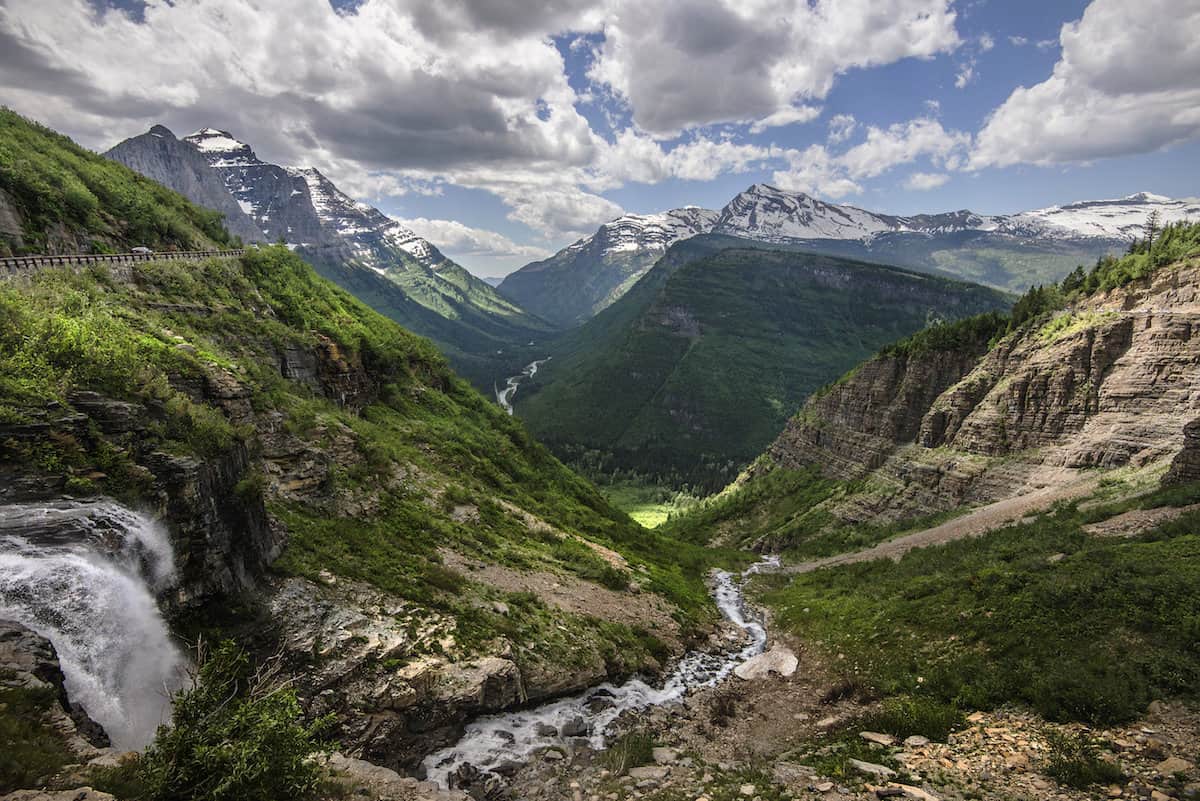
Glacier National Park
Glacier at a Glance
| Year Established: 1910 |
| Located: Montana |
| Size: over 1 million acres |
| Top Features: Going To The Sun Road |
As the crown of the continent protecting one million acres of the Rocky Mountains along the Canadian Border, Glacier National Park is a top 10 national park. This is one of the Top National Parks in Montana.
With a short summer season, there is a lot to see, from wildflowers, mountain goats, and glaciers, along with its many lakes. Visitors can hike to the glaciers and waterfalls during their stay and then spend the night in a historic lodge.
Hiking and scenic drives are just some of the top things to do, though the main route, Going-to-the-Sun Road opens in late June or early July. Guided boat cruises and horseback riding are other top activities.
Glacier National Park offers historic lodges and camping, and both should be reserved in advance. The park requires vehicle passes to enter during the summer season, though those with lodging or camping reservations are exempt.
Glacier National Park is open 365 days a year and 24 hours a day. Use an America the Beautiful annual pass ($80) or other annual pass. Purchase a 7-day pass for $35 per vehicle for a summer pass (May 1 until October 31) or $20 per vehicle for a winter pass. This park reserves vehicle reservations for day-use entry.
Top 3 Day Itinerary for Glacier National Park
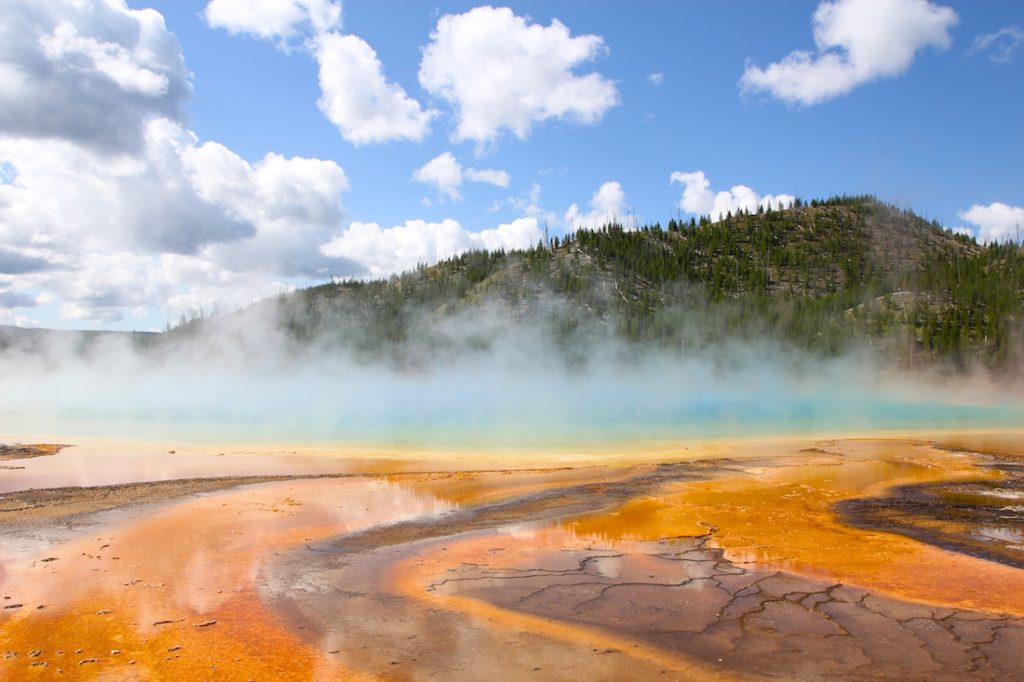
Yellowstone National Park
Yellowstone at a Glance
| Year Established: 1872 |
| Located: Northwestern Wyoming, Idaho and Southern Montana |
| Size: about 3,471 square miles |
| Top Features: Geothermal Geysers, Wildlife Viewing and Historic National Park Lodges |
Yellowstone National Park is primarily located in Wyoming, though part of the park is in Montana and Idaho. Known as the first national park in the world, it protects jewels like Old Faithful Inn and Old Faithful Geyser.
In an area larger than Rhode Island, it’s home to the world’s largest concentration of geysers and protects the largest log cabin hotel in the world–Old Faithful Inn. So iconic of an American destination, it’s a UNESCO World Heritage Site. This is one of the Top National Parks in Montana.
It takes close to a week to see the park, which offers unique areas like the Grand Canyon of Yellowstone and Lake Yellowstone. Additionally, it is a top destination for wildlife, especially in the Hayden and Lamar valleys.
Yellowstone National Park is open 365 days a year and 24 hours a day. You can use an America the Beautiful annual pass ($80) or purchase a 7-day pass for $35 per vehicle.
Guide to Yellowstone National Park
Nez Perce National Historical Park
With sites in Idaho, Oregon, Washington and Montana, the Nez Perce National Historical Park preserves the sites of the Nez Perce Flight of 1877. The Native American people traveled over 1,170 miles from their original homelands.
The Big Hole National Battlefield is one of the more well-known sites of the Nez Perce National Historical Park. The Canyon Creek Battlefield and the Bear Paw Battlefield are also in Montana.
Big Hole National Battlefield
On August 9, 1877, the U.S. military fired on the Nez Perce camp in 1877. During this time, over 800s members of the Nez Perce, including family and children, along with 2,000 horses were headed to Montana in the Nez Perce Flight of 1877.
One of the sites in the Nez Perce National Historical Park, the Big Hole National Battlefield features a viewing platform that allows visitors to view the site’s tipis, a monument, and a howitzer cannon. The 655-acre site also offers hiking trails.
Located at 16425 Hwy 43 West in Wisdom, Montana. This is a day-use park and it is free to enter.
Canyon Creek Battlefield
After the Nez Perce left Yellowstone National Park, Col. Sturgis and the Seventh U.S. Cavalry pursued them. In the second to last skirmish, the Nez Perce warriors engaged with the U.S. Cavalry.
Visitors will find a pull-out with interpretive information at the site. In addition, visitors can take the Nez Perce Trail Auto Tour, a downloadable guide from the NPS site.
From Laurel, Montana, visitors take I-90 to exit 434. Drivers should turn north onto S. 1st Ave and drive 2 miles to Buffalo Trail Road, then drive 6.3 miles. Next right onto Lipp Rd. and the site is on the left. This site is open from sunrise to sunset and is free to enter.
Bear Paw Battlefield
On October 5, 1877, the final fight between the Nez Perce people and the U.S. Calvary happened at this site. After a 1,100-mile journey and 40 miles from the Canadian border, Chief Joseph and his people laid down their weapons.
The site includes a moderate self-guided 1.25-mile interpretive trail with an available brochure or downloaded from the NPS.
Located 16 miles south of Chinook in north-central Montana on Route 240. This site is open from sunrise to sunset and is free to enter.
Bighorn Canyon National Recreation Area
In a 120,000-acre park located about 100 miles southeast of Billings, Montana, the Bighorn Canyon National Recreation Area is preserved for fun, especially boating. Along the border with Wyoming, the Bighorn Canyon National Recreation Area is divided into two districts.
The North District features the Afterbay Reservoir and Ok-A-Beh Marina, along with a boat launch and campgrounds. Visitors will find the seasonal Yellowtail Dam Visitor Center.. Kayakers can access the Three Mile River.
To reach the North District, drivers pass through Hardin, Montana, and head south through the Crow Indian Reservation. It is primarily a summer destination, with most boating amenities open from Memorial Day to Labor Day.
The South District offers the Horseshoe Bend Marina, the Devil Canyon Overlook and the Pryor Mountain Wild Horse Range. Visitors will find 12 hiking trails along with campgrounds.
The Cal Taggart Visitor Center is open year-round. Four historic ranches are also open for self-guided tours. Custer National Forest is also in the area.
Located south of Billings, visitors drive to Lovell, Wyoming and into the park on Route 37. Both units of the Bighorn Canyon National Recreation Area are free to enter, though camping is additional.
Top Things to Do in Grand Teton National Park
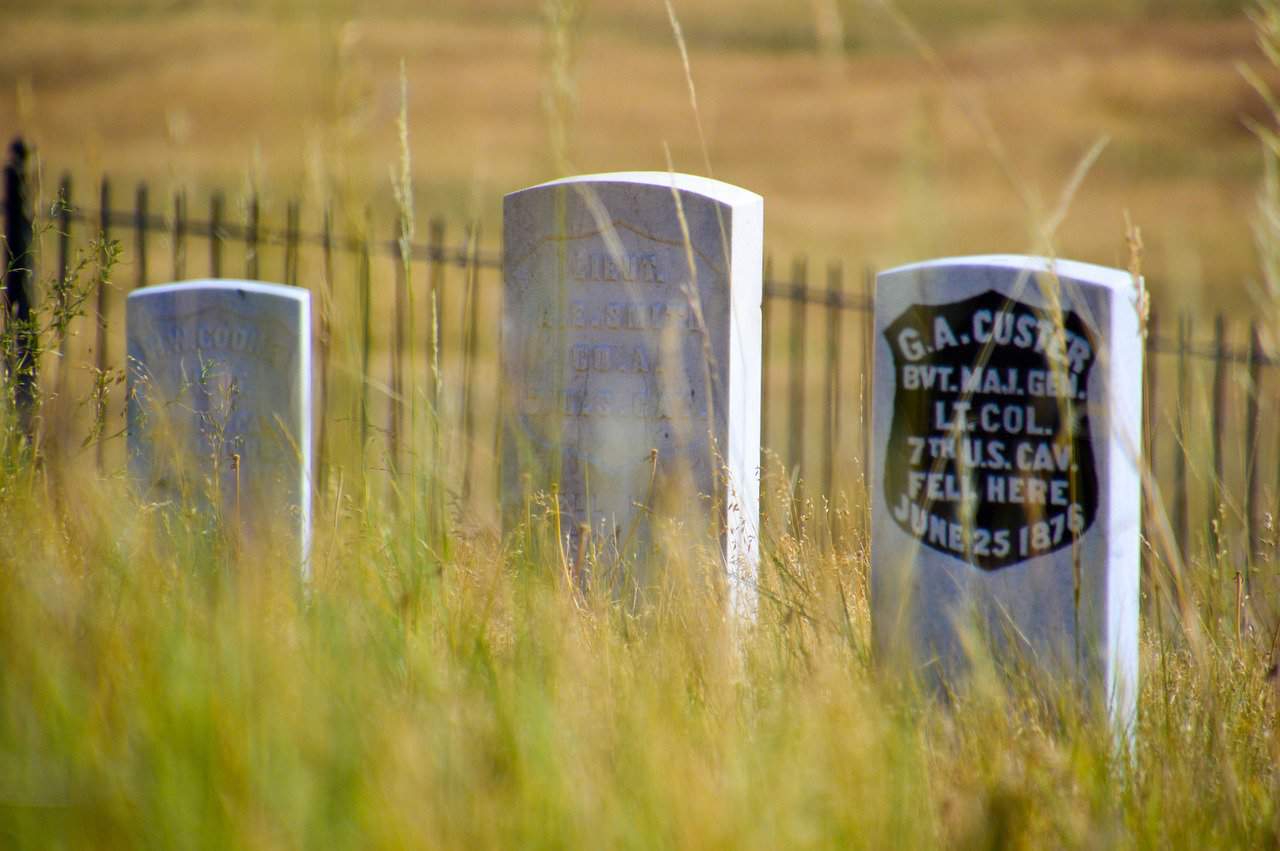
Little Bighorn Battlefield National Monument
The battle between Lakota Chief Sitting Bull and his warriors and Lt. Col. George A. Custer and his U.S. 7th Cavalry soldiers is legendary. This area was the site of one of the last armed battles between the Native Americans and the U.S. Army.
On June 25 and 26 of 1876, the Lakotas, the Cheyennes, the Crow, and the Arapaho, along with the Arikara scouts, engaged Custer and the U.S. Cavalry. Known as Custer’s Last Stand, this battle was a decisive win for the Native Americans, as Custer died along with his men in the battle along the Little Bighorn River. Soon after, the Plains War drew to a close.
The Little Bighorn Battlefield National Monument features several sites to visit. The Indian Memorial is dedicated to the Native Americans in the battle. The 7th Cavalry Memorial sits on the Last Stand Hill. The Custer National Cemetery has close to 5,000 graves. Along Tour Road, visitors can see the Reno-Benteen Battlefield.
Located just south of Crow Agency, Montana, drivers Exit 510 at Jct 212, then take Battlefield Tour Road 756 to the entrance. It is open daily from 8 a.m. to 4:30 p.m. during the year and closes at 6 p.m. from Memorial Day to Labor Day. It is $25 for a vehicle pass, or use an America the Beautiful annual pass ($80).
Fort Union Trading Post
Fort Union Trading Post was a fur trading post along the Upper Missouri River from 1828 to 1867. John Jacob Astor Fur Company agents met with fur trappers and traded for goods, such as clothing, guns, ammunition, and cookware. Over $100,000 of goods were exchanged at this spot.
Fort Union Trading Post visitors can see a living history presentation during the summer at the Trade House. Explaining the significance of the NPS site, the visitor center runs a year-round interpretive film
The visitor center is in North Dakota, off Highway 1804, which runs close to the Missouri River. It is open year-round from 9 a.m. to 5 p.m. and free to enter. The center offers a picnic area, but no camping or a lodge.
Originally a 10-million-acre cattle ranch created by Canadian Johnny Grant, the Grant-Kohrs Ranch National Historic Site preserves 88 historic buildings. Visitors can see a working cattle ranch and learn how open-range cattle ranching shaped the Western U.S.
One of the buildings is the ranch house, complete with heirlooms and antiques. Visitors will also find 10 miles of trails, including a .25-mile nature trail.
Located at 251 Grant Circle in Deer Lodge, Montana, in-between Yellowstone and Glacier Park. It is a day-use park and is open year-round from 9 a.m. to 4:30 p.m. (5:30 p.m. during the summer). It is free to enter.
National Trails in Montana
Lewis and Clark National Historic Trail
From its origins in Pennsylvania to the mouth of the Columbia River in Oregon, this trail travels for 4,900 miles, retracing the route of the famed North American explorers. In 1803, the Corps of Discovery Expedition was led by William Clark and Meriweather Lewis.
This trail flows through 16 states as it follows several rivers, like the Missouri River. Several historic sites and state parks dot the trail and are dedicated to the journey.
Captain Clark was inscribed on the rock face at Pompeys Pillar National Monument in Montana. The site offers a visitor center and is managed by the Bureau of Land Management. It is located at 3039 US Highway 312 in Pompeys Pillar. The visitor center is open daily from May 1 to September 30 from 8:30 a.m. to 4:30 p.m. A day-use pass costs $7 per vehicle.
In Great Falls, the Lewis and Clark National Historic Trail Interpretive Center is a 25,000-foot museum dedicated to the journey. Its address is 4201 Giant Springs Road. From Memorial Day to Labor Day, the center is open daily from 9 a.m. to 5 p.m. Adult admission (16+) is $8.
Top Oregon Sites to Learn about Lewis and Clark
Ice Age Floods National Geological Trail
At the end of the Ice Age, a flood scarred the landscape in four states, Montana, Idaho, Washington and Oregon. Called the Missoula Floods, this trail showcases the geological features that remain.
The flood originated at Glacial Lake Missoula, 12 miles north of Perma, Montana. In addition, several state parks are featured on the Ice Age Floods National Geological Trail. For more information, visit the NPS site.
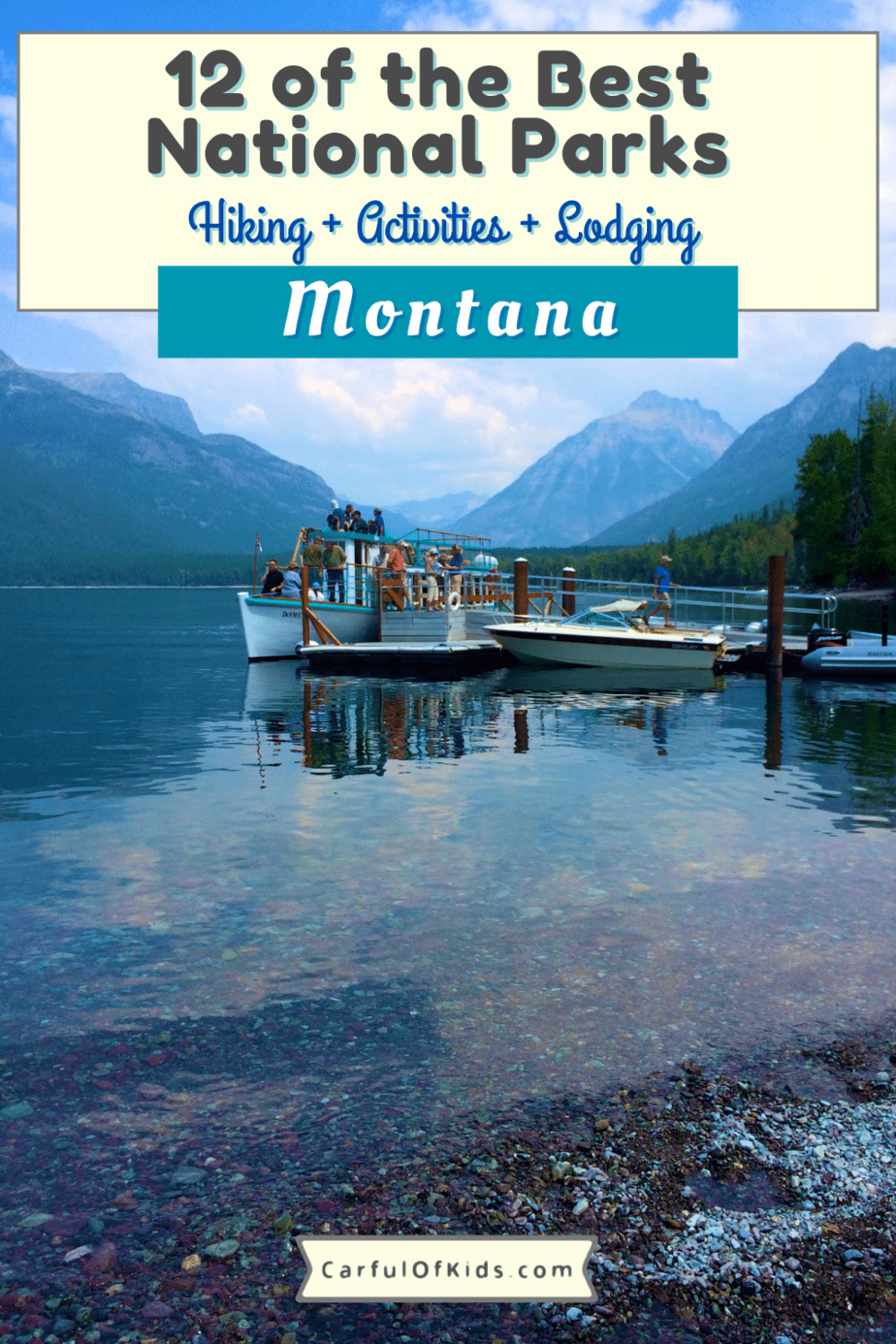

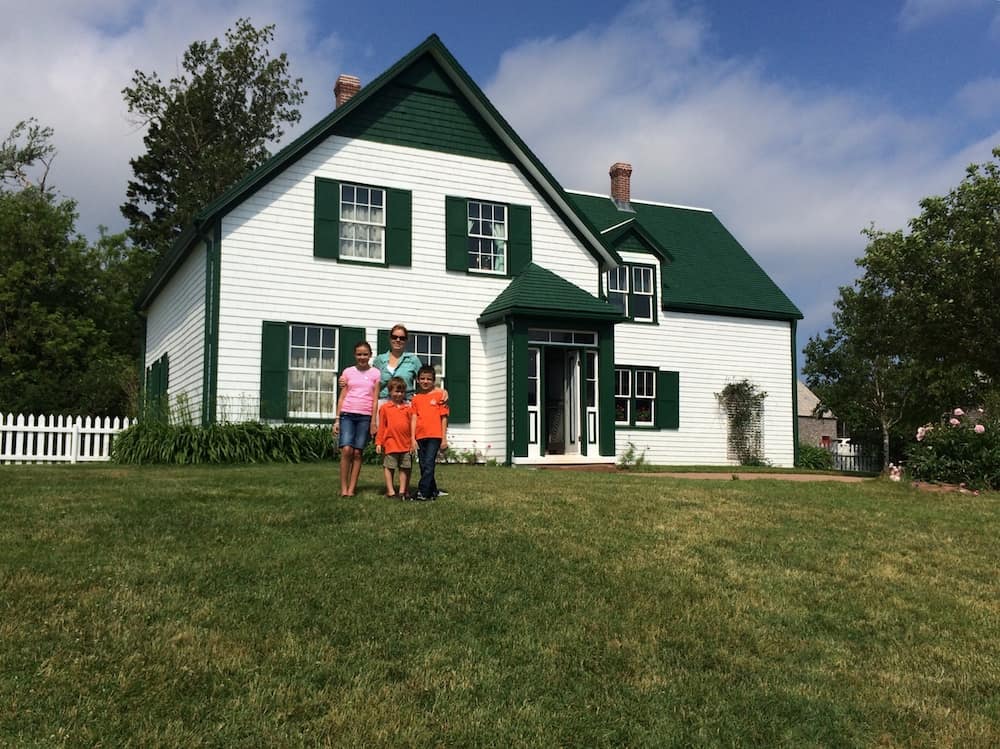
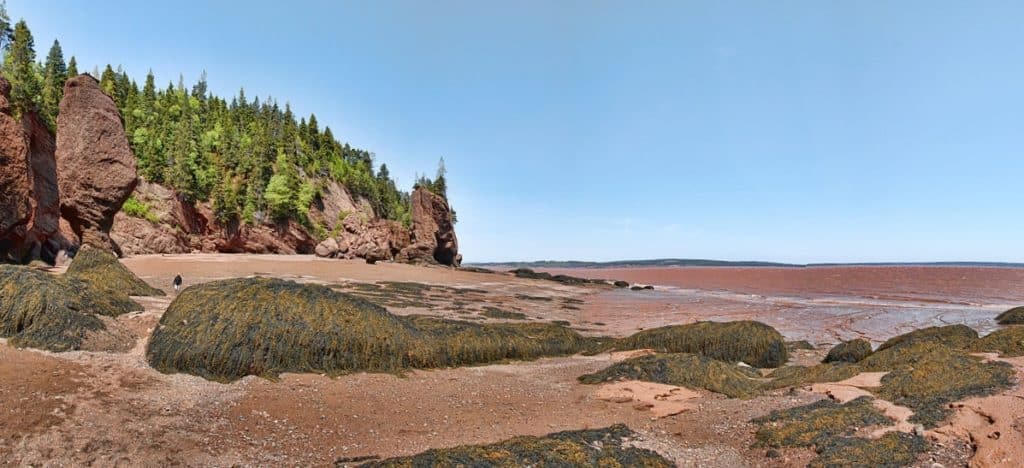
Comments are closed.